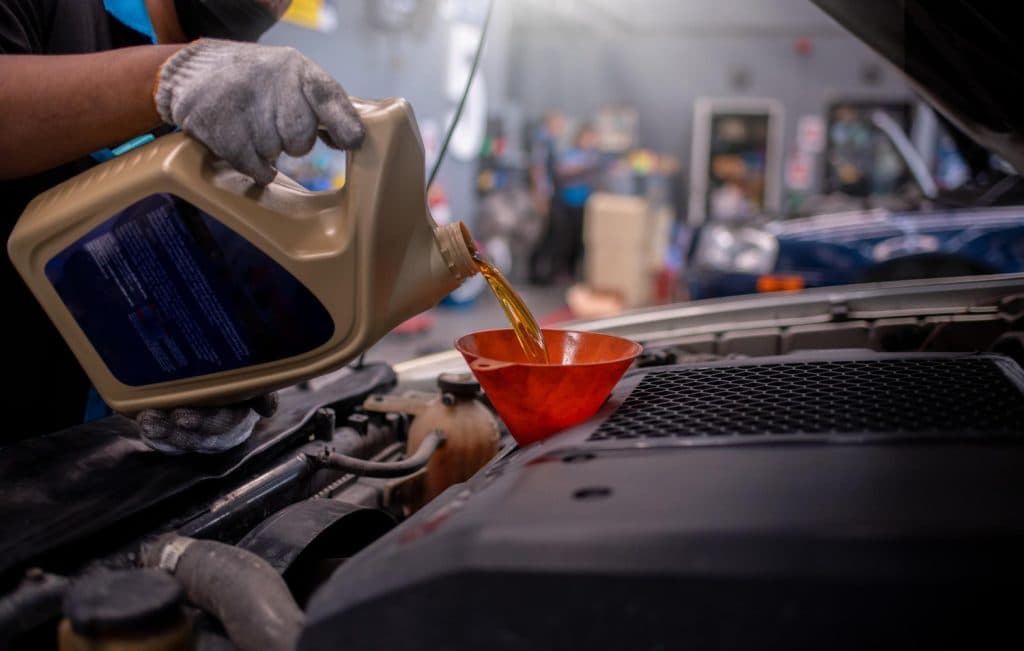
Your vehicle's engine is the literal heart of its performance. Like any vital organ, it requires regular maintenance and attention to keep everything running smoothly. The oil change – a routine yet crucial service – is often the focus of this care. Understanding the process and how it might vary by circumstance can empower you to make informed decisions about your vehicle's maintenance timeline and save you both time and potentially costly repairs down the road.
Setting the Timing Standard
The belief that an oil change should take no longer than twenty minutes is pervasive but oversimplified. With modern engines and an array of oils to choose from, the ‘in and out’ expectation can often result in a rush job that doesn’t fully maintain your car’s health or longevity. However, a skilled professional can still complete an oil change within a reasonable timeframe while ensuring quality service.

The Quick Change Myth
First, let’s debunk the myth of the super-fast oil change center. While speed has its place in the industry, it must not compromise the integrity of the service. Quick-change establishments, pressed for time, might neglect necessary steps such as draining the oil fully, replacing gaskets, or inspecting other vital vehicle systems.
Professional Precision
A suggested industry average for an oil change for a standard vehicle is 30 to 45 minutes. A more specialized vehicle or one that requires synthetic oil or a special filter may take longer. But bear in mind, this is for a professional who is thoroughly checking for any signs of trouble and ensuring your vehicle’s health beyond the simple oil transfusion.
Factors That Change the Change Duration

The time it takes to perform an oil change can fluctuate based on several significant factors:
Vehicle Complexity
The model of your vehicle plays a large role in the time required for an oil change. Compact cars with easy-to-access engines are generally quicker, while deeper engine bays and additional parts in larger vehicles can significantly extend the process.
The Oil of Choice
Conventional oil might flow faster and is more forgiving of the occasional missed maintenance window. Synthetic oil, however, has clear long-term benefits – but it also might need a bit more time for warm-up and draining due to its different composition.
Mechanic’s Expertise
An experienced mechanic working quickly will always outpace an amateur, saving not just time but also the potential costs of errors. Their expertise might also lead to the identification of issues that a speedy service might overlook.
Painting a Timeline: A Step-by-Step Guide
Here’s what an in-depth and comprehensive oil change should look like in terms of steps and time allocation:
Step 1: Preparation (5-10 Minutes)
This includes putting your vehicle on the lift or ramps, letting the engine heat for a few minutes, and gathering the necessary tools and supplies to ensure everything is at hand when needed.
Step 2: Draining the Oil (10-20 Minutes)
The old oil needs to be drained completely, a process that is sometimes hindered by cooler temperatures or the viscosity of the oil itself.
Step 3: Changing the Filter (5-10 Minutes)
A new filter is imperative to the health of your engine. However, accessing and changing it can vary significantly from car to car.
Step 4: Inspecting (5-10 minutes)
This is a critical step often overlooked by quicker services. A professional will check your vehicle's undercarriage for signs of leaks or wear.
Step 5: Refilling the Oil (5-10 Minutes)
Ensuring the right type and amount are going in is crucial. Under or overfilling can both have serious consequences on engine performance and longevity.
Step 6: Documentation & Clean Up (5 Minutes)
Finally, the technician should document the service in your vehicle’s maintenance log and clean up any spills to keep your engine bay as pristine as possible.
DIY vs. Pro Service: Time and Trade-offs
Deciding between handling an oil change yourself or seeking professional service can come down to time, tools, and expertise.
The DIY Time Investment
For the average car owner with the right tools and experience, an hour and a half can be a reasonable DIY estimation. However, this doesn’t include the possibility of extra time spent learning, acquiring tools, or rectifying mistakes.
The Upside of Professional Service
Professional service not only saves you time but also provides a level of expertise and convenience that a DIY oil change might not. The cost is often higher, but the peace of mind and additional services offered can often be worth the investment.
Time-Saving Tips for Oil Changes
Whether you’re handling the oil change yourself or bringing your car to a service center, there are always ways to streamline the process without sacrificing quality.
Stick to a Schedule
Regular oil changes timed with your vehicle's maintenance schedule can make the process more predictable, keeping you aware and prepared.
Optimize the Oil Type
Choosing the right oil for your vehicle and conditions can ensure the best performance and reduce the time constraints of a change.
Be Proactive with Maintenance
Addressing issues promptly can alleviate the time an oil change takes by ensuring no additional problems have arisen in the meantime.
The Bottom Line on Oil Change Time
Understanding the duration of an oil change can help you manage your vehicle's maintenance in the most efficient way possible. While it's important to respect your time and wallet, it's equally important to maintain your car with the care and attention it deserves.
Timely oil changes not only improve your engine's longevity and performance but also provide an opportunity for a professional to catch other issues before they become costly repairs. Whether you're committing to regular DIY changes or entrusting the service to a professional, the value isn't just in the time it takes, but in the time it adds to your vehicle's life.
In conclusion, the oil change duration may vary, but the importance of the service does not. By understanding the process, you can make informed choices, save time, and confirm the health of your most important investment – your car. Avoiding the quick-change trap and setting realistic time expectations for maintenance is key to maintaining a vehicle that will faithfully serve you mile after mile.
